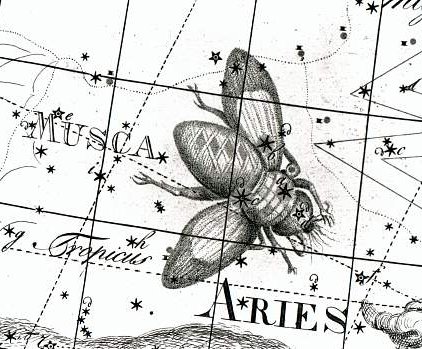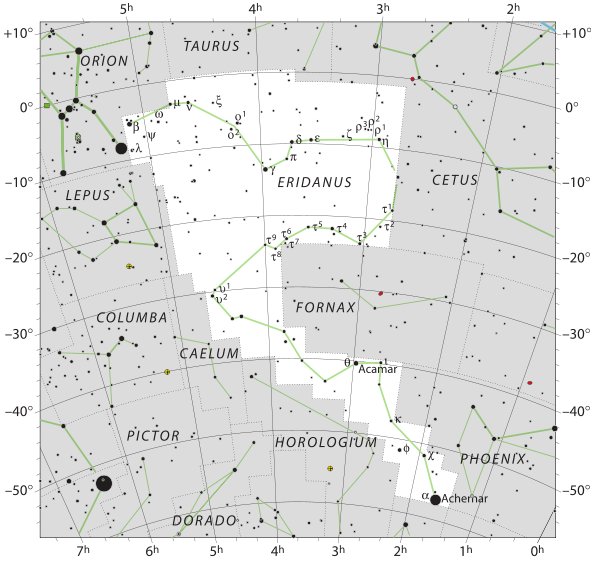Only by force of imagination is it possible to see similarities between Ka1-3--6 on one hand and Ga1-1--6 on the other:
Ariki in Ka1-4 evidently could correspond to ariki in Ga1-5 and the figures in Ka1-5 and Ka1-6 possibly are compacted into a single glyph Ga1-6. Thus Ka1-3 could correspond to Ga1-1--4:
The visibility of the figures at the beginning is limited to their upper part and maybe it means the very beginning of time is hidden:
The 4th glyph is an ariki (king) type of glyph and it could represent a person at a slightly later stage, standing as if in fog with 'legs' partly visible:
The 3 'feathers' on the forehead of ariki in Ga1-5 are possibly in K represented by the 3 powerfully drawn 'feathers' on the front side of the open henua in Ka1-3. Theemin (at Ga1-3) is not a star in the Taurus constellation but lies far down in Eridanus. There might be a connection between Theemin and the idea of 3 feathers in front. The River (the 'Nile') is a source of fertility. "... for it is a southern constellation, and it would seem that its earthly counterpart ought to be found in a corresponding quarter. In harmony with this, we know that Eratosthenes and the scholiasts on Germanicus and Hyginus said that it represented the Nile, the only noteworthy river that flows from the south to the north, as this is said to do when rising above the horizon." (Allen) ... From One comes Two, and from Two comes Three. From Three everything else will then be generated. (An old Chinese truth.)
Theemin is υ² Eridani where the River makes a sharp bend and turns strangely back in time, and only after having gone through this great bend does it later returns to its proper course, viz. the route to the left foot of Orion. Perhaps the 3 brilliantly shining stars in the Belt of Orion motivates 3 'feathers' in front. "υ¹ - υ7 mark another series of seven stars called in Bayer's text Beemin and Theemin. This last, used by Bode and now in current use, is perhaps the Arabic Al Tau'amān and the Jews' Tĕōmīm, the Twins, from the pairs υ¹ - υ², and υ3 - υ4. Grotius thought it derived from the foregoing or from an Arabic term for two medicinal roots; but Ideler's suggestion that it is from the Hebrew Bamma'yīm, In the Water, would seem more reasonable, although we have but few star-names from Judea, and he intimidated that it might be a distorted form of Al Thalīm, the Ostrich. The Almagest of 1515 has Beemun; and the Standard Dictionary, The.e'.nim." (Allen) Whatever the origin of the name the pattern in the sky is clear, at Theemin the River turns back to τ¹ and τ² in the early time region beyond Mira (ο Ceti). We had better put them in our star list and also show them in their right places in the G text:
"Angetenar of the Alphonsine Tables, now the common title, the Argentenar of Riccioli and Anchenetenar of Scaliger, is from Al Hināyat al Nahr, the Bend in the River, near which it lies; Ideler transcribing this as Al Anchat al Nahr." (Allen) Considering the closeness in time to the stars of Musca we can guess there once was also a close connection between their meanings. Thus the beginning of May may have been regarded as the time when 'the living spirit from above' brought life back to earth (as regarded from a position north of the equator).  When the River makes its Bend it could have been interpreted as a Sign for when in spring life returns to Mother Nature, but only after it first was to be fetched from some earlier point in time.
From Gb8-7 to Gb4-21 there are *405 - *40 = 365 days. Puo in Gb8-8 is the same as puo in Gb8-30. The 'hanging fruits' (hua) in Gb8-6--7 resemble puo in Ka1-1--2. Though possibly they are inverted we can realize from comparing with the head upside down in Gb8-7. Vero in front in Gb8-7 could be a picture of an upside down vero hanging down, like that (with right side up) in Ka1-1:
Perhaps with the beginning of May things no longer will 'stand on their heads'. We can guess the hanging down vero in Ka1-1 indicates spring is arriving. The short vertical line inside vero is presumably a 'line of measurement' telling the reader where his counting should begin. | |||||||||||||||||||||||||||||||||||||||||||||||||||||||||||||||||||||||||||||||||||||||||||||||||||||||||||||||||||||||||||||||||||||||||||||||||||||||||||||||||||||||||||||||||||||










